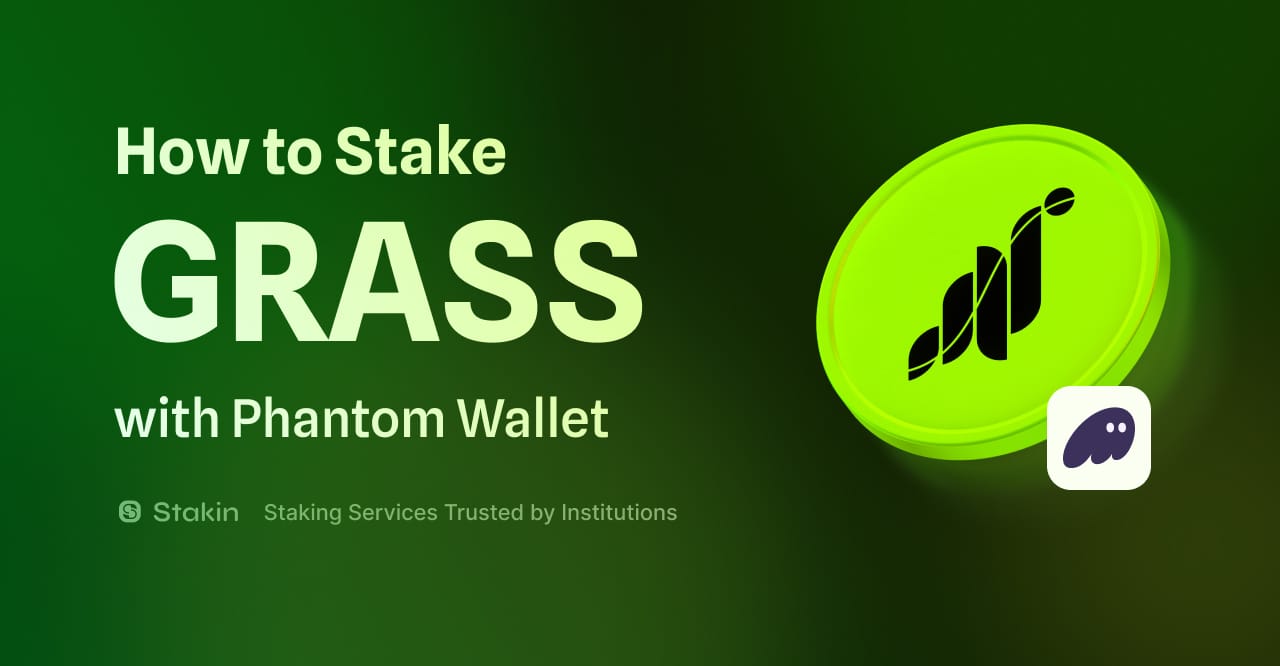How to Maximize Your Rewards
Grass is a decentralized bandwidth-sharing network. By running the Grass extension or application, users can securely share a portion of their unused internet bandwidth. Grass uses this contributed bandwidth to handle public web data requests, such as retrieving publicly accessible information for indexing, analysis, or research.
Important to know:
- Grass does not access private data or personal browsing activity.
- Only spare bandwidth is used.
- Participation requires no specialized hardware and does not slow down normal internet use.
This model turns everyday online devices into part of a distributed public data acquisition network, reducing reliance on centralized data providers and improving access efficiency.
With one of the recent major updates, Grass has updated its rewards model to provide a clearer and more accurate reflection of how users contribute to the network.
Grass Points, which determine reward distribution, are now divided into two categories: Uptime Points and Network Points. Alongside this, you can also stake $GRASS tokens, receive long-term incentives, strengthen network reliability, and earn additional rewards.
This update marks a shift from simple participation toward a more performance and commitment-based contribution model, similar to how proof-of-stake networks reward both availability and verifiable service.
To get started, head over to https://app.grass.io/ and download the Grass app. Once configured, you will be able to monitor your uptime and points in the Grass Dashboard.
What Changed in the Grass Points Model
Grass Points are now composed of two components, each representing a different form of contribution:
1. Uptime Points
These points measure the reliability of your device's availability to the Grass Network. Uptime Points accumulate when:
- Your device remains connected and ready to contribute bandwidth.
- You refer new users who become active contributors.
- You reach milestone participation achievements.
This is similar to node uptime scoring in validator infrastructure: availability matters.
2. Network Points
Network Points represent actual usage of your contributed bandwidth. Each day, 1,000,000 Network Points are distributed across participants based on how much of their bandwidth the network uses.
Allocation depends on:
- Regional Demand: Higher-traffic regions earn more usage.
- Connection Stability: Reliable connections are prioritized.
- Network Load Balancing: Usage is distributed to maintain scalability and redundancy.
If your bandwidth is being used to power real tasks, you earn Network Points.
Source: https://x.com/grass/status/1976271462915866741
You Can Also Stake $GRASS Tokens
As the Grass Network grows, reliability and consistency become increasingly important. To support this, you can also stake $GRASS tokens. In return for making this commitment, you will receive Staking Rewards, and in this case, it creates a dual reward system:
- Participate: Earn Grass Points by staying connected and contributing usable bandwidth.
- Stake: Lock tokens to maximize rewards and secure the network.
In short, staking lets you earn more, while helping build a robust, reliable network that grows with your participation.
How to Stake $GRASS
You can stake GRASS tokens by delegating them to a router via the official staking interface:
Go to - grassfoundation.io/stake
There is no minimum staking period, and rewards are accrued and distributed every second. If you choose to unstake, your tokens will enter a 7-day unbonding period before becoming available for withdrawal.
For step-by-step guidance, refer to our tutorials on staking with popular wallets:
● How to Stake GRASS with Phantom Wallet
● How to Stake GRASS with Solflare
DISCLAIMER: This is not financial advice. Staking, delegation, and cryptocurrencies involve a high degree of risk, and there is always the possibility of loss, including the failure of all staked digital assets. Additionally, delegators are at risk of slashing in case of security or liveness faults on some protocols. We advise you to do your due diligence before choosing a validator.



